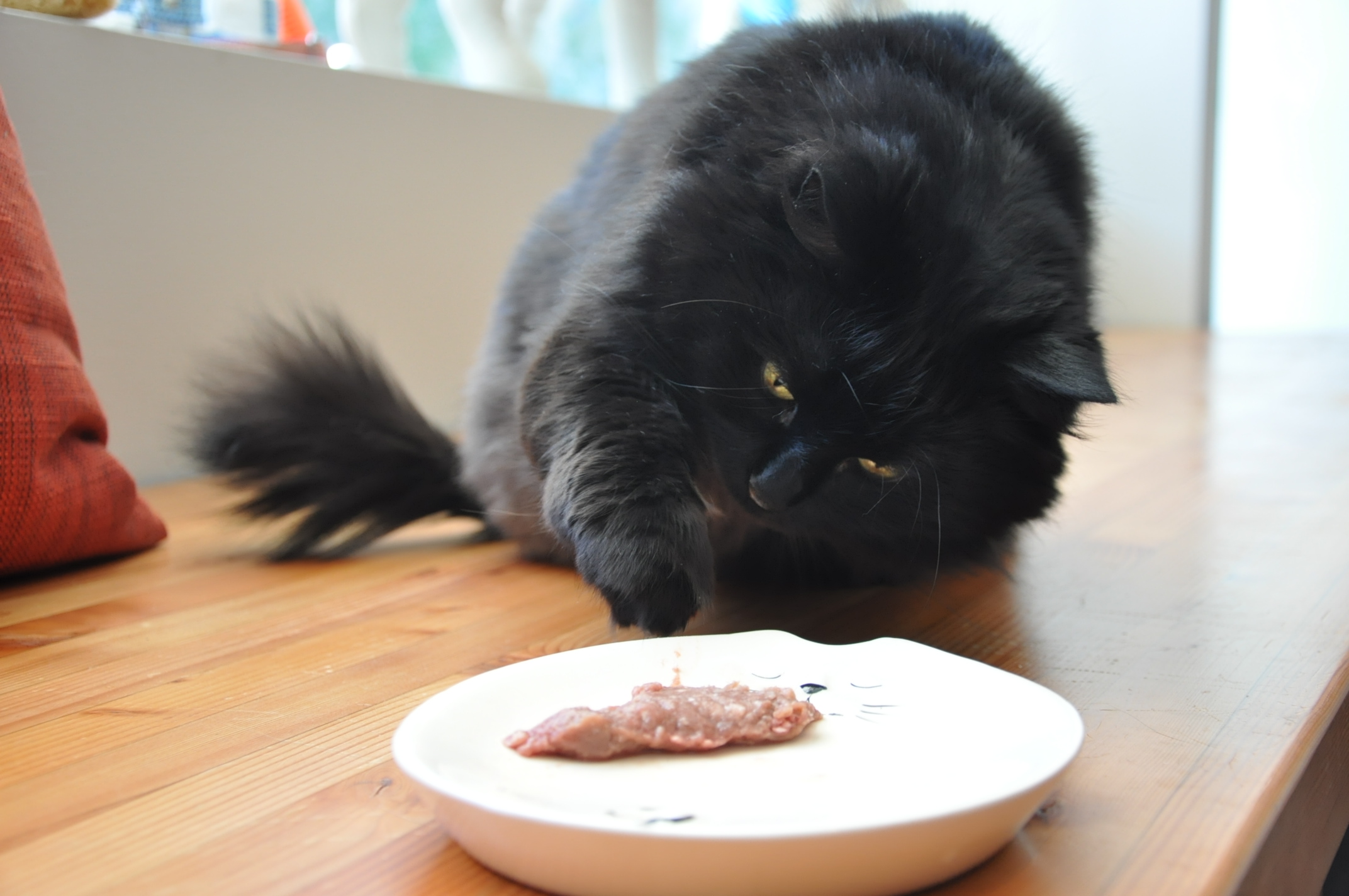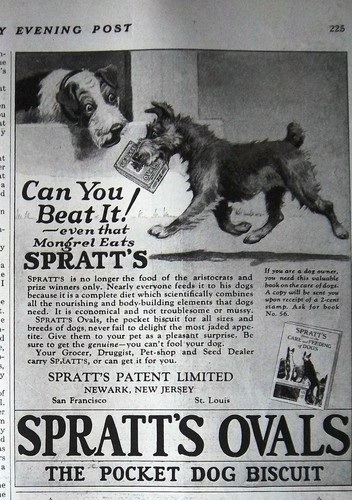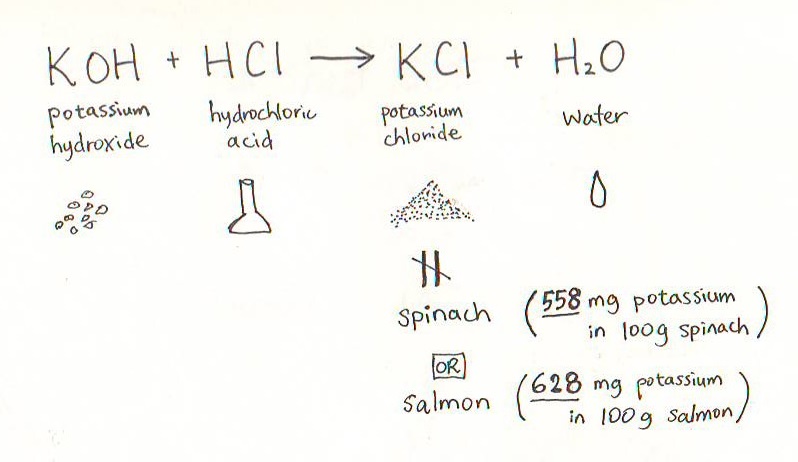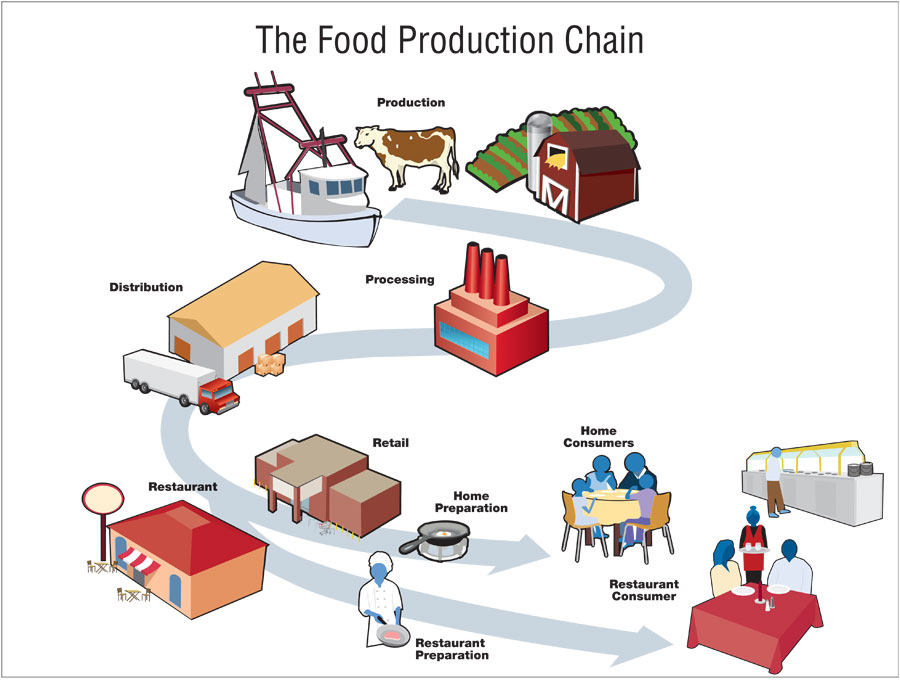Raw Dog Food Vancouver: Why and How to feed Raw Dog Food
- Getting Started with raw dog food or cat food
- Detailed Steps/ Transitioning to Feeding Raw Dog or Cat Food
- DOs & DON'Ts of feeding raw pet food
- How is well-prepared RAW dog food or cat food better?
- Not all raw pet food brands are created equal
- How much does it cost to feed raw dog food?
- What are the Health Risks of feeding your pet raw food?

How to start feeding raw dog food or raw cat food - Getting started
It’s very simple and convenient to switch to a raw pet food diet for dogs and cats if you choose a balanced, commercially prepared raw pet food. Currently, we carry over 14 brands of commercially prepared raw food for dogs and cats at Moonlight Natural Pet Store, with over 18 proteins. We believe these are some of the best raw pet food brands currently available. Lots of selection with all the brands having pre measured raw dog food, and we’re here to help you make the best choice for your furry companion.
To begin, thaw the frozen raw canine or feline meal out in a glass container or in a stainless steel bowl in your fridge overnight and feed the appropriate portion to your dog or cat. We suggest feeding on a mat or in a tiled environment for easier cleaning afterwards.

| FEEDING GUIDE | |
|---|---|
| 2% of ideal body weight | Maintain Body Weight |
| Between 2.5% and 3.0% | Active Pet |
| Between 4.0% and 8.0% | Weight gain, Puppies or kittens |
Detailed Steps to Feeding Raw Pet Food to Dogs/ Puppies and Cats
Method 1: Cold-turkey/ Feed your pet only raw after fasting for 12 to 24 hours
This may work for pets who are healthy and have no digestion issues. It worked well for our dog, Shinji when we switched him over to raw food over 6 years ago. The transition is simple: Fast your pet for 12-24 hours making sure they have access to plenty of water. You may also give them bone broth (either frozen bone brothor the shelf stable version) during this fasting period. Then feed raw pet food.
The cold-turkey method however may cause irritation for pets who:
- Have a sensitive digestive system
- Have been on kibble for an extensive period of time
For these dogs, a slow transition might be preferable.
Method 2: Slow transition to raw dog/cat food over 7 days or more (Recommended Approach)
This method is recommended by most nutritionists and holistic vets to minimize digestive upset. If you feel that your dog or cat generally has a sensitive digestive system or is sensitive to changes, this method will mostly work better than Method 1 (the cold-turkey method). Think of the transition as a detox period.
DAY 1 - Start by giving small pieces of raw meat as treats in the middle of the day (do not mix kibble & raw food! Allow at least 3 hours before/after kibble meals; see the first point under Dont's below).
DAY 2 to DAY 4 - If no diarrhea occurs, slowly increase the amount of raw meat given in the middle ofthe day (up to ¼ of the meals by DAY 4) while slowly decreasing the amount of kibble/other food fed in actual meals.
DAY 5 and DAY 6– If no vomiting or diarrhea occurs, replace one of the two meals with raw pet food.
DAY 7 – If no vomiting or diarrhea occurs, replace both meals with raw.
If your pet has diarrhea, you can:
- Give bone broth, kefir, pureed whole pumpkin preferably organic (including skin and seeds) to help ease upset stomach while keeping your pet hydrated. For more information on treating pet diarrhea, you can look at our Dog Troubleshitting Guide.
- When your dog’s stool is back to normal, go back to the amount given, which did not cause any upset stomach, and stay on that for a little longer (1 or 2 days more). Then work on a slower transition than recommended. Every pet’s adaptability is different, and you know your pet best, so use your judgement to gauge how slow the transition should be for your pet. There’s no rush! We’re also here to help, just ask.
Give minimal single-ingredient or no treats during the transition time to minimize any stomach upset. Most of the freeze-dried treats we carry are single ingredient. Examples of single ingredient treats are dried lung, sweet potato, or liver.
DOs & DON'Ts of Feeding Raw Pet Food
DO
- Store raw pet food in the freezer.
- Always defrost in a refrigerator or in a sink in cold water.
- Rotate proteins, especially between white and red meats, to achieve a more balanced diet.
- Feed edible, size-appropriate bones every few days to clean teeth. Bones are better digested by dogs when finely ground. If your dog is a strong chewer, beware of load bearing bones such as beef femurs, which are hard and can chip a dog’s teeth leading to an expensive extraction. Investigate your raw food. Ask the suppliers where they get the meat from, how the animals are raised, the cleanliness of the processing plants, etc. Most suppliers we deal with allow customer tours if they own their own facility.
- At Moonlight Natural Pet Store we only sell high quality raw pet food, meals, bones and treats. We vet our suppliers so that we are confident that our customers can be confident in the product they are feeding to their pets.
- If you choose a brand of raw dog or cat food, make sure the source of raw meat is not trims or ground meaty bone, unless you plan the meals such that the amount of fat, muscles, organ meats and bones are balanced over a period of a few days.
- Toss out any leftovers if your pet does not finish consuming the meal.
DON'T
- Don’t mix kibble with raw pet food in the same meal! Sudden transitions in a pet’s diet may result in diarrhea or vomiting. Feeding raw pet food changes the pH and flora in the pet’s stomach to a more naturally acidic state so give your pet time to transition.
- Don't leave raw pet food out at room temperature for more than 2 hrs. We’d err on the side of caution and suggest that if your pet doesn’t eat in 20 min, you refrigerate and attempt 1 more time that same day. If not, toss out the pet food.
- Don't leave thawed raw dog or cat food in the fridge for more than 2-3 days.
- Never cook raw pet food that contains bones. Bones may become brittle and become choking hazards or cause constipation.
- Don't microwave raw pet food!
How is raw pet food better?

- Kibble is relatively new in terms of feeding pets. James Spratt launched the first commercial dog biscuit around 1860. Its convenience was marketed to pet owners -- at the expense of biologically appropriate food. Raw feeding was the way our furry pets (dogs and cats) have eaten for generations with table scraps thrown in.
- Biologically appropriate food for carnivores consists of muscle meat, organ meat, raw meaty bones and sometimes fresh raw fruits and vegetables. It is supposed to duplicate what animals would eat in the wild.
- It makes sense... if you ask yourself what feral cats and dogs would eat without us in the equation, the answer would be killing fresh prey = raw. “Wild cats and dogs eat their whole prey including the liver, intestines, skin and fur so they get all the nutrients they need.” Dr. Sean Delaney, Board certified veterinary nutritionist, former Chair of the American College of Veterinary Nutrition.
- Raw whole prey diet is a living food for carnivores, and therefore contains live enzymes, and essential amino acids naturally occurring in the meat. Once cooked, these vital nutrients die (See Dr Pottenger Cat Study). That's why most high-quality raw foods are balanced diets without having any/much synthetic supplements added to it!
- When prepared carefully, zero to few supplements are required, making raw food a natural, whole food diet.
- Less chemically synthetized supplements = less burden to their bodies. Nature intended a balance between the way nutrients work. It’s best to get nutrients from REAL WHOLE FOOD INGREDIENTS, along with the micronutrients that come with the whole food ingredients. For example, for humans eating an apple with the peel will give you potassium, Vitamin A and triterpenoids (able to destroy cancer cells), which you would not get if you just took a Vitamin A pill.
- "Prolongs dog's" life for at least 2 to 5 years. Dr. Peter Dobias
- Better dental health... MUCH BETTER dental health! “Kibble is no better for your pet’s teeth than crunchy human food is for our teeth. It would never occur to you to eat a handful of peanut brittle to remove plaque and tartar from your teeth. The idea that dry food keeps your pet’s teeth clean is just as silly!” Dr Karen Becker
- Moisture in raw pet food prevents your cat and dog from becoming dehydrated and you’ll notice a decrease in water intake relative to a pet on dry food.
- Shinier and softer coat; healthier skin. Your dog may initially shed a lot of fur while it is going through detoxification.
- More energy and better vitality.
- Smaller stool as raw pet food does not contain any fillers or extra fiber.
Cats are obligate carnivores and dogs are also carnivores, although adaptable to carbohydrates. However survival on a diet that includes grains (wheat, corn, rice) and potatoes is not the same as thriving on raw. In fact, anywhere between 1 in 100 to 1 in 500 cats as well as dogs develops diabetes, and this is expected to increase!
Not all raw pet food brands are created equal
“Wild cats and dogs eat their whole prey including the liver, intestines, skin and fur so they get all the nutrients they need.” Dr. Sean Delaney, Board certified veterinary nutritionist, former Chair of the American College of Veterinary Nutrition.
A whole prey diet where different portions of the animal is consumed ensures that the required nutrients are obtained.
- NOT all raw pet food brands are created equally nor are all raw dog food brands necessarily better than balanced home-prepared meals!
- Some raw dog food manufacturers use animal parts like "trims", "chicken backs", "turkey backs," etc. as the major portion of the raw diet for dogs and cats. These are not "whole prey" or naturally balanced and do not offer wholesome diets. Your dogs and cats need more!
- Lower quality meats may contain antibiotics, steroids, and/or hormones. Moonlight Natural Pet Store's suppliers use free-range, grass-fed animals ensuring the animals themselves are lean and healthy (excl. regular meat option from 3P, which is same as meat in Safeway and other supermarkets). After all, the best way to reduce health risks such as salmonella is to source high quality meat which was not contaminated to begin with!
- Sticking to the whole prey viewpoint, your pets should be getting nutrients from wholesome foods rather than from synthetic or chemically synthesized supplements. What’s better, eating an apple or taking a vitamin pill?
How much does feeding raw pet food cost?
We carry a wide variety of raw pet food brands and proteins starting from $2.49/ lb for free range, non-medicated meats (bulk price). Therefore, a 25 lb adult dog eating 2% of body weight would require 0.5 lbs meaning it would cost $1.36 per day to feed this pet.
We believe that cats or dogs on a well-balanced raw that include some whole supplementation and recreational size-appropriate bones are less likely to require expensive future vet visits due to kidney, liver disease or diabetes. They will also not need yearly teeth cleaning under sedation. This is based on our experience as well as comparing notes with experienced raw feeders with long-lived pets.
What are the Risks of raw pet food? What about Salmonella in pet food?
Yes, there are risks to feeding your dog or cat a raw pet food diet just like there is a risk when feeding kibble. Feeding kibble does not eliminate all health risks including salmonella. There have been recalls in a variety of kibble and pet treat brands due to salmonella and in other cases, toxins in the food.
With respect to raw pet food, there are potential health risks to the pets themselves as well as for humans with immune compromised systems such as small children or the elderly. Keep in mind that NOT all raw pet food brands are created equally and as such there is the risk that it may NOT be nutritionally balanced. If fed long-term these can lead to nutritional deficits and disease.
Nutrition in raw pet food
Even critics of raw acknowledge that “Wild cats and dogs eat their whole prey including the liver, intestines, skin and fur so they get all the nutrients they need.” Statement from Dr. Sean Delaney, a Board certified veterinary nutritionist courtesy of Dr. Sophie Yin’s website. We love that statement because although the article is focused on why you shouldn’t feed raw, in one swoop it acknowledges that Nature gets it right and that a “whole prey” diet provides all the necessary nutrients!
The Dr Pottenger Cat Study conducted between 1932 and 1942 remains the most extensive and lengthy controlled experiment we’ve found. His goal was to compare healthy cats on raw foods versus those on heated/cooked diets. The study found that cats on cooked food developed “behavioral characteristics, arthritis, sterility, skeletal deformities and allergies”
So is there a baseline for evaluating pet food? Our answer is Yes and also No. The current baseline used is known as the Association of American Feed Control Officials (AAFCO) nutritional guidelines for dogs and cats. Now this may be a useful guideline for evaluating kibble but not raw pet food. An excellent article from Dr. Amy Nesselrodt in the Dogs Naturally Magazine explains why. To summarize, trials used to substantiate the statement that pet food brands meet these AAFCO guidelines are statistically not significant because the length of the trials were too short for a dog or cat to develop clinical signs of a problem (e.g. kidney issues), and although the food may meet the AAFCO nutritional guideline, the nutrients may not be as digestible or bioavailable for your pet to process.
What does that mean?
If AAFCO guidelines were applied to raw pet food it could end up harming your pet !Kibble requires a higher amount of additives since these may not be bioavailable whereas in raw food the nutrients are more bioavailable. An example is that “phytates in kibble bind with zinc making zinc unavailable to the dog.”-Dr. Amy Nesselrodt
Most kibble has a long list of synthetic supplements. It would be the same as humans eating badly but ensuring they took their multi-vitamins every day. Many nutritionists would be horrified by this practice but we don’t seem to bat an eye when it is done with our pets!
“Synthetic vitamins and other substances are added (to kibble) in an effort to compensate for this nutrient loss. However, these additives create ongoing metabolic stresses that, coupled with the limited ingredient selection and processing of foods, leads to situations in which cellular nutritional status can be compromised, causing tissue malnutrition.”
Ron Carsten DVM MS states (The Benefits of Whole Food Nutrition in Veterinary Medicine, Whole Food Nutrition Journal)

Synthetic supplements may do more harm, unless they are used for therapeutic reasons and monitored by a health practitioner. Some pets on a raw food may still need supplements as the nutrients from the earth have been depleted and as such, our food is similarly depleted. We suggest natural whole food based supplements.
One other thing to keep in mind is that AAFCO nutritional guidelines was created based on what the pets need to survive and not die, rather than thrive. The AAFCO also does not enforce or verify that any pet food using any affirmations of meeting AAFCO guidelines is true.
In 2014, the US Food and Drug Administration (FDA) questioned the AAFCO ingredient approval process by saying "the AAFCO process ultimately falls short" and "the majority of ingredients that are included in the AAFCO's official publication are neither approved food additives nor are they generally recognized as safe." 2015 will decide whether FDA scientists will get tough on animal food ingredients for the health of our pets or will be swayed.
Health Risks, Salmonella etc
The second major risk often cited is salmonella, which can cause fever, lethargy, vomiting and diarrhea in affected pets. Salmonella, Listeria monocytogenes, E.Coli are all serious concerns around children, the elderly, or anyone who has a compromised immune system if you handle raw food while cooking or for your pet .
We face these concerns in our everyday lives:

- Roughly one in six people in the United States, get sick from eating contaminated food. The most frequent infection was caused by salmonella accounting for 38% of reported infections.
- From 2009-2010, among the outbreaks with a known single setting where food was consumed, 48% were caused by food consumed in a restaurant or deli and 21% by food consumed in a private home.
And here is some research done on pets and salmonella in general:
- The University of Wisconsin School Of Veterinary Medicine in a study found that:
- “Salmonella spp. can be isolated from healthy dogs and cats at rates of up to 36% and 18%, respectively;”
- and “Dogs and cats may suffer salmonellosis as a "reverse zoonosis," with infection transmitted from human-to-dog and subsequently back to other humans.”
- The Canadian Veterinary Journal, 2007 published research where “Twenty-eight research dogs were enrolled to determine the prevalence of salmonellae shedding after consumption of 1 Salmonella-contaminated commercial raw food diet meal. Sixteen dogs were exposed to Salmonella-contaminated commercial raw food diets and 12 to Salmonella-free commercial raw food diets. Seven of the exposed dogs shed salmonellae 1–7 days after consumption of Salmonella-contaminated raw food diets. None of the dogs fed Salmonella-free diets shed salmonellae. No clinical signs were observed in either group.”
The research above indicates that we can get infected by salmonella, E. Coli, Listeriosis in life settings where we or others are handling raw food either for our pets or for cooking for ourselves. In addition, even healthy pets can shed salmonella so it doesn't matter what you feed them as they may be already 'contaminated.'
The other point often overlooked is that dogs and cats are built to handle bacterial loads from food that would cause significant illness in you or me. The highly acidic nature of your dog's or cat's stomach (pH ranging from 1-2.5) and the amount of bile (anti-parisitic and anti-pathogenic) produced by dogs and cats can help neutralize something potentially harmful.
However, the FDA has now taken a zero-tolerance policy for Salmonella in pet food because "it can pose risks to human health when people who are 'at risk' come into direct contact..." This is opening up the debate on whether killing all bacteria (good and bad) through High Pressure Pasteurization is the right decision.
Most raw pet feeders are aware and careful with cleaning up after their pets both after meals and bathroom breaks. Like the FDA suggests, general common sense like washing your hands with hot water and soap for 20 seconds is good practice. Steam clean, use oregano oil or a disinfectant on your work surfaces and by the way, did we say how awesome microfiber cleaning cloths are for cleaning your pet up!
Also one more thing to add, some of the better commercially raw food producers that we source at Moonlight Natural Pet Store are not only acquiring human-grade meats, they are also testing batches of their food for potential microbes, freezing to kill pathogens (similar to what is done in sushi) and in a few cases raising their animals naturally in pastures! That is probably more than is done for some human food. Moonlight Natural Pet Store is committed to providing the best raw pet food as well as high quality dry food in Vancouver. For more information about our raw pet food, see "Meet our Raw Pet Food Suppliers" or click on this link to Shop Online for our Raw Pet Food.
Hopefully, all the information provided may help you minimize health risks and ensure you provide your pet with what’s best for them.
Moonlight Natural Pet Store carries quality raw pet food, good quality dog and cat treats & natural products for cats & dogs. We conduct almost all our pet research but it is not meant to be a substitute for talking with your holistic vet. Our backgrounds in our former lives include doing a lot of research. We bring these research skills to trying to cut through the noise. We hope we succeed bringing you a bit more understanding of your pet's health, nutrition and training.
